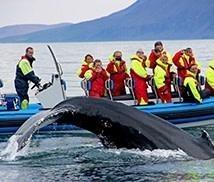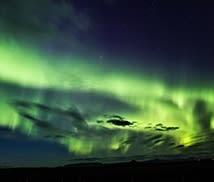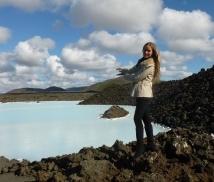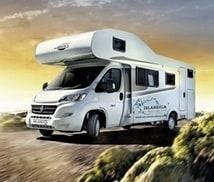IS ICELAND SAFE? DANGERS IN ICELAND
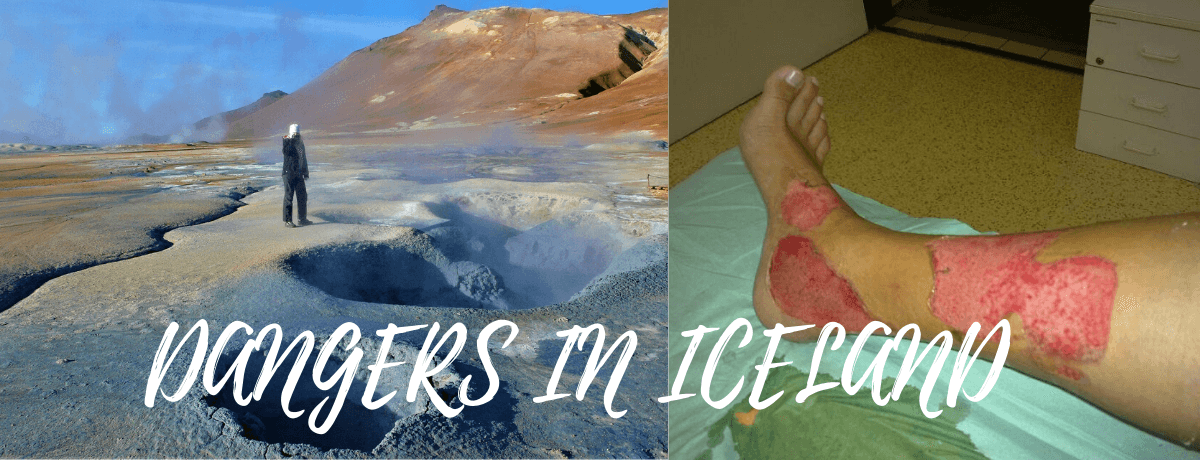
Let us start by saying that when asking the question, "Is Iceland safe?" can be in reference to two different types of dangers. There are dangers many associate with crime and then there are dangers which come from natural forces. Iceland is indeed safe when it comes to crime. However, many accidents occur with visitors who come to see Iceland, usually because they come a bit unprepared and do not realize the almighty force of Mother Nature on this beautiful island nation.
While we want you to rest assure that when you visit Iceland you will not feel in danger walking the streets of Reykjavík or camping out in the middle of nowhere, but there are certainly some things that everyone should be aware of so that they do not suffer any unintended consequences, say, for trying to get a bit too close to a hot spring or a cliff's edge.
-
Iceland, a VERY safe country:
-
Iceland is a country where you can really be your own worst enemy, that is, Iceland is not a dangerous country but you have to take into account certain peculiarities such as the climate, nature itself and the fact that it is in an area where two tectonic plates divide and there is a lot of volcanic activity. Beyond that, Iceland is a very safe country.
• No dangerous animals live in Iceland (except for polar bears that occasionally arrive from Greenland, but they are very few and do not stay in Iceland for more than a few hours: - /
• In Iceland there are no dangerous people
• Iceland has one of the lowest crime rates in the world
• Iceland is a modern and technologically advanced country (including healthcare and hospitals).
• Thanks to technology, volcanic eruptions and other natural disasters can be predicted in time for the population to be aware of any harm and get to safety (except for the "Jokulhlaup" produced by the contact between volcanic eruptions under the glaciers). -
Is Iceland Safe? Here are a list of some of the more dangerous situations you might find yourself in.
• Car accidents: always drive according to Iceland's traffic laws and do not drive at a higher speed than allowed. Many accidents happen when tourists get off the road or when they damage the vehicle with gravel. Don't cross rivers if you don't have the proper car and if you don't know how to cross and how to "read" a river.
• The Climate in Iceland: the weather and meteorology constantly changes, keep this in mind and come prepared for it. Temperatures can change from 25 to 0 degrees very quickly, just as you can go from a sunny day to a dangerous storm in a few moments. Above all, you have to be proactive in the interior of Iceland, on glaciers and in the sea.
• Thermal areas: take a good look where you step and do not ever leave the indicated trails or you could fall into a hole with boiling water. The earth can open itself under your feet or you can burn or boil in a well, neither option is pleasant. Also, be careful with fumes and don't breathe them. Sulfur can also damage your camera and other electronic products.
• Hot springs: be careful, the water can exceed 100 degrees, so put aside any ideas about touching it. If you want to bathe in the thermal areas, do so only in the places indicated for this type of activity.
• Cliffs and precipices: it may seem obvious but do not get too close to the edges of the cliffs and rivers because you will be in danger of falling.
• Birds: it is possible that some birds may attack you while protecting their little ones (especially in areas such as Dyrhólaey, Reykjanes, Látrabjarg, etc.). Always have something on hand with which you can protect your head and do not disturb animals in their breeding areas. The most dangerous bird is the Arctic Tern / Arctic Tern (Sterna paradisaea).
• Sheep, horses, cows or birds on the roads: be careful when driving because sheep are often found on the roads and run in front of your vehicle when you least expect it.
• Glaciers: you are not permitted to walk on a glacier on your own if you are not an expert in these terrains and without the proper equipment.
• Ashes and dust: be careful, they can not only be dangerous for you but also for your rental vehicle.
• Lava: do not step on the moss in the lava, you will destroy this type of flora for hundreds of years and they can also harm you.
• Ocean Waves and Currents: be very careful with the waves that can suddenly reach the beach and drag you out to sea. The most dangerous areas are Dyrhólaey, Reynisfjara and others. A large wave can suddenly reach 7-9 meters deeper than the sea line and appears by surprise.By avoiding all the possible dangers mentioned above, you will be safe. Note that Iceland is a wild country with few inhabitants (density is 3 people / km2). In many areas you will see signs indicating "DANGER - DANGER". When you see these posters, be careful because if they are there it is for a reason. Most of the areas indicated by these signs are geothermal areas where you cannot walk. Please walk only along the indicated paths and even so watch carefully where you tread. Also be very careful on the cliffs, the edges of precipices and the edges of rivers and waterfalls!
And now, to relax, here are some of the more milder dangers:• Fines: watch out for parking fines in Reykjavík and on the roads to Borgarnes and the South Coast. The fines for driving above the allowed speed are between 10,000 - 150,000 ISK depending on the speed.
• Prices: beware of high prices in Iceland, especially prices for alcoholic beverages.
• Tourist services: book only the services of agencies, rental companies, accommodation, etc. of which you have some reference or knowledge. Many of the new companies do not have permits, knowledge, equipment or insurance to sell this type of services, which in the end can harm you directly.
• Medicine: if you need any special medicine, be sure to bring it with you from your country of origin.
• Exact change: if you are going to take the bus (public transport) in Reykjavík, it is essential to have the exact change.
• Cyclists on the road: More and more cyclists start to travel on the roads in Iceland. Be very careful when passing them. - What you can read in forums and chatrooms:
-
"During a trip to Iceland a few weeks ago I was on the verge of losing my life. Walking through a volcanic area, without proper signaling, my legs sank in a hidden lava boiler at hellish temperature. In Iceland there is an enormous danger in the places that tourists visit and hardly indicate anything. I will have physical and psychological consequences for life, and the Icelandic authorities do not want to know anything about it. "
If you travel to Iceland on your own (i.e. without a professional guide), you have to take precautions and take care of yourself. Nobody can be held responsible (not even the Icelandic government) for all the tourists that circulate around the island. Iceland is a volcanic country and so you have to see and treat it as such. If not, they would have to build walls, barriers, and put up posters all over the island. Furthermore, as the earth constantly moves underneath, even this would not be a solution. You must use common sense, be careful and at the same time respect nature.
.
- ¿What are the dangers in traveling to Iceland? Here is our list of TOP 10 Most Dangerous Things in Iceland:
-
1. VOLCANOES
2. THERMAL FIELDS
3. GLACIERS
4. ICELAND'S HIGHWAYS
5. ANIMALS ON THE HIGHWAY
6. WATERFALLS AND CLIFFS
7. MARINE BIRDS
8. STRONG WINDS
9. CAVES
10. UNINFORMED TRAVELERS -
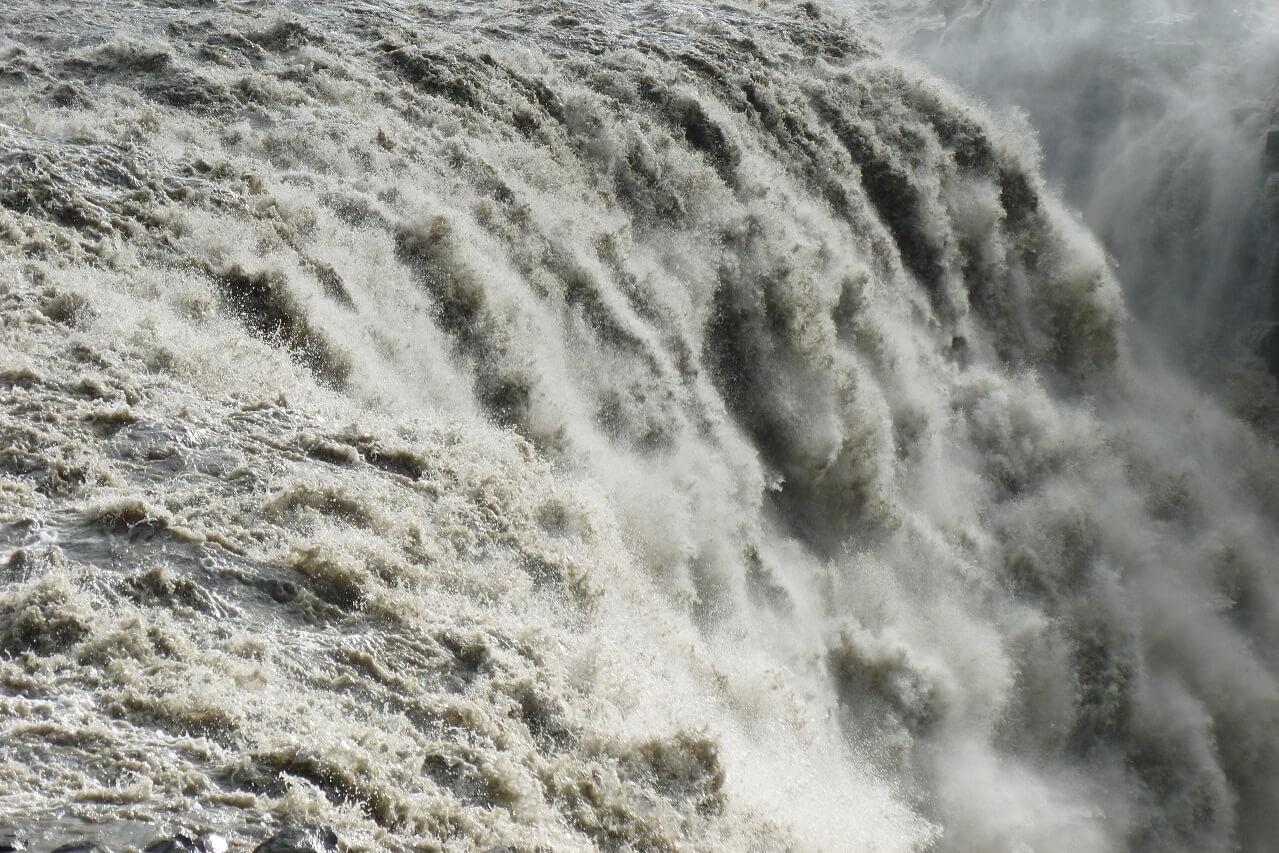
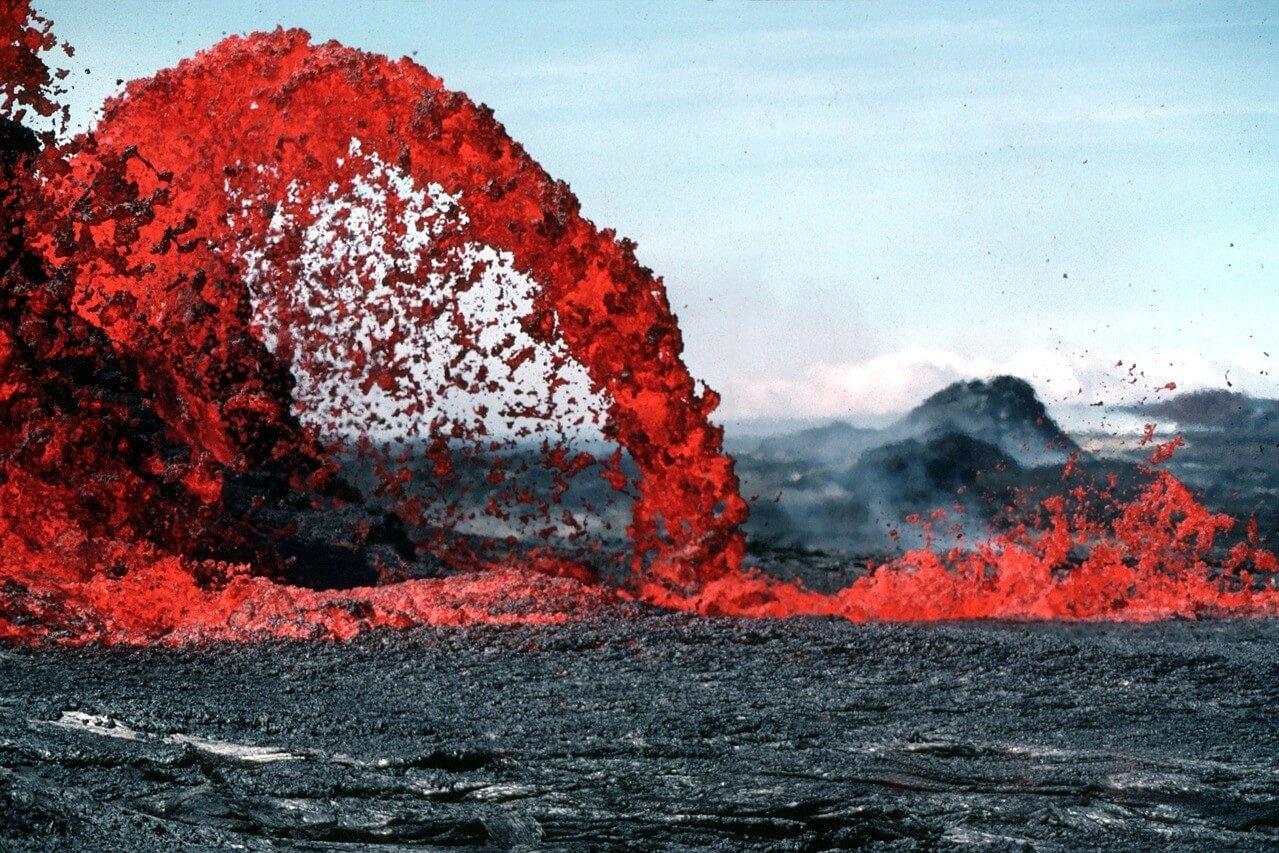
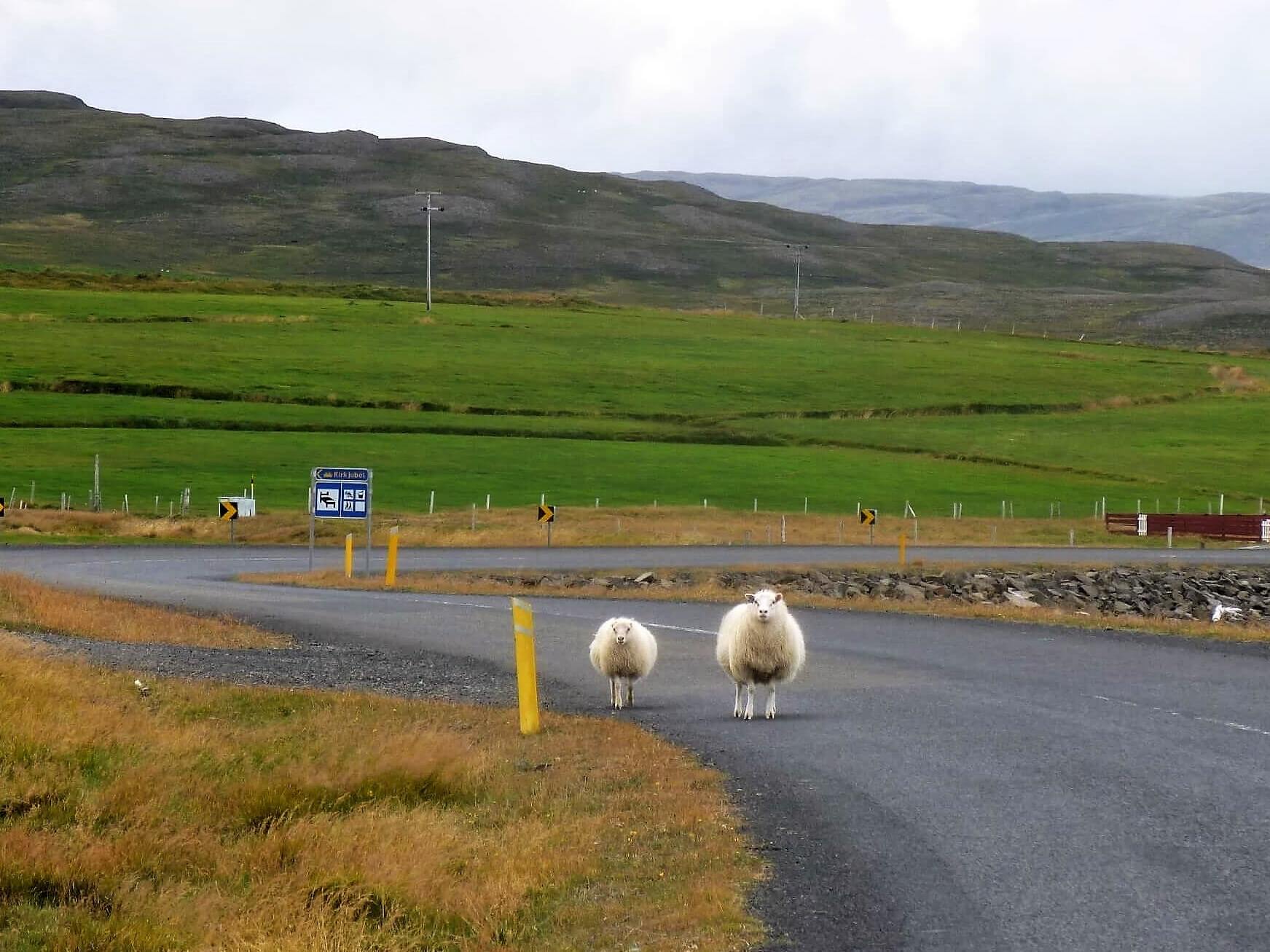
-
Important Note: Is Iceland Safe? The Dangers in Iceland Code: ID807

 ES
ES  EN
EN 

